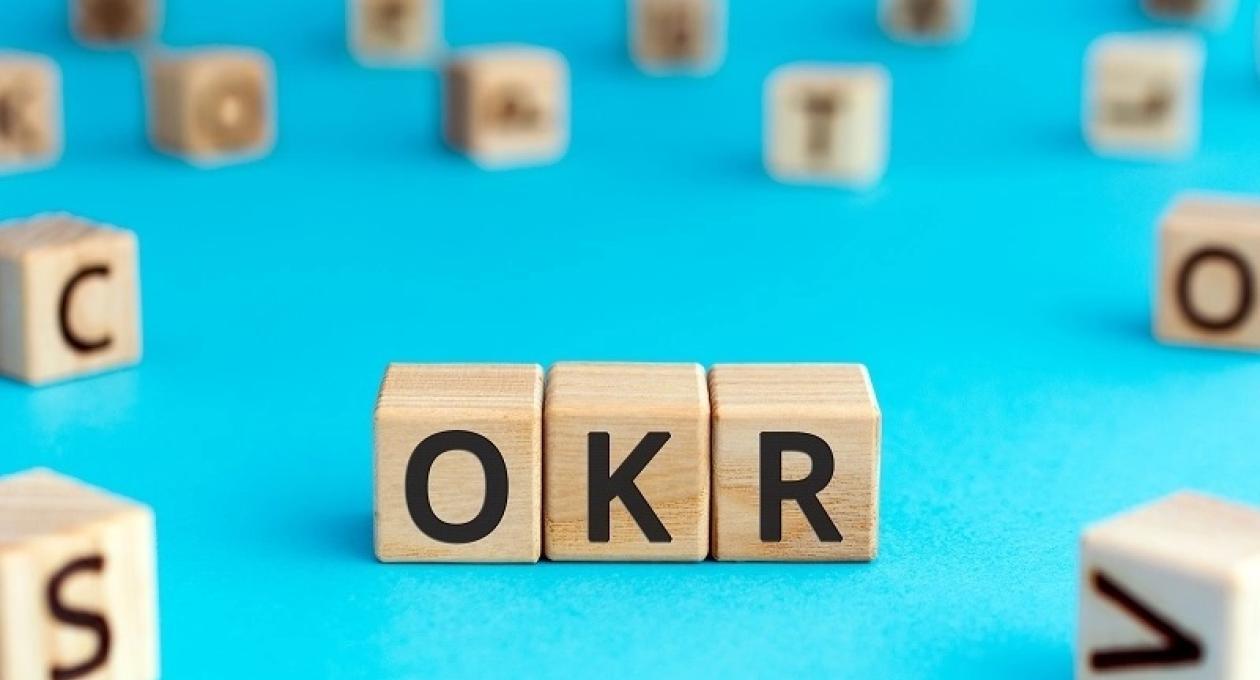Being able to set big goals that align company vision with day to day actions has become a priority that leaders must be able to demonstrate. With many different types of assessment tools available, OKRs have been widely used by global brands and large businesses as a way of addressing team goals and actions.
When developing employee assessment tools and working with your team to identify personal goals and objectives, being able to introduce wider organisational goals and getting priorities aligned is the best starting point.
We're going to take a look at OKRs as an assessment tool and uncover why it may be the solution your business is looking for.
What are OKRs?
OKR means, Objectives and Key Results.
OKRs stand out for being frequently set, tracked, and re-evaluated – this happens quarterly (most of the time). As an assessment tool, it is a simple, “fast-cadence process that engages each team’s perspective and creativity.”
Used by global businesses such as IBM, Google, LinkedIn, Twitter, Dropbox, Spotify, Disney, and BMW, it helps bring together thousands of employees to work towards the same ambitious goal. Used correctly, it could work for businesses of all sizes. To be able to understand how OKRs work, we need to define the difference between an objective and a key result.
Objectives describe what you're setting out to do; Key results describe how you will get there. Objectives must engage, challenge and inspire whilst key objectives must be easy to remember and easy to use to help your team achieve their goals.
So what might an OKR look like? Here’s an example;
Objective: Improve 1-month customer sales rate by 15%
Key results:
- Conduct 30 interviews with non-fulfilled customers to identify sticking points
- Develop the main landing page with USPs
- Redesign email marketing campaign and A/B test
- Test mobile applications to others
- Identify & double down on marketing content for the highest success rates
What are OKR best practices?
In order to get the most from OKRs there are some best practices that you can perform.
How often to set OKRs?
OKRs are traditionally set every quarter. John Doerr, the venture capitalist famed for its introduction, believes that you should set them every 1 - 3 months to hit the sweet spot.
What to include at team level and who is responsible?
OKRs can be done in three ways; top-down, bottom-up and negotiated. In short, everyone should have responsibility for the OKRs. Bottom-up is recommended so that employees agree to how the team can achieve the goals whilst management can outline the biggest priorities from a top-down perspective.
Common mistakes with OKRs
It's often thought that OKRs are a way to collate all work priorities. They are not. They are a broader picture of the goals which are being used by the organisation. Equally, OKRs are not data rich or require to be measurable by numbers - i.e. we need to increase our sales by 270% this year. They should be used to help move the business forwards towards a goal and be flexible in their approach.
How to report on OKRs
Reporting on OKRs can be done informally with a conversation or more formally with a structured document or piece of software. Remember, it should be answering questions about the objectives and what is being done to achieve them.
Learning from mistakes
Part of the OKR process is about showing this information publicly. Here the organisation as a whole can see what's happening and embrace challenges and use the process for wider learning opportunities.
OKRs provide an opportunity for businesses to assess company goals and objectives in a fast and creative way. Teams may respond to this broader goal setting when consulted on the approach. By doing so, teams will align their objectives to the company’s wider objectives and work towards these common goals and business expectations.
OKRs can also be used for individual goal setting but they are not the only solution. Personal development plans and 360 appraisals are tools which work to help develop an individual's overall performance and skills whilst providing much sought after feedback to an organisation.




